- News
- Reviews
- Bikes
- Accessories
- Accessories - misc
- Computer mounts
- Bags
- Bar ends
- Bike bags & cases
- Bottle cages
- Bottles
- Cameras
- Car racks
- Child seats
- Computers
- Glasses
- GPS units
- Helmets
- Lights - front
- Lights - rear
- Lights - sets
- Locks
- Mirrors
- Mudguards
- Racks
- Pumps & CO2 inflators
- Puncture kits
- Reflectives
- Smart watches
- Stands and racks
- Trailers
- Clothing
- Components
- Bar tape & grips
- Bottom brackets
- Brake & gear cables
- Brake & STI levers
- Brake pads & spares
- Brakes
- Cassettes & freewheels
- Chains
- Chainsets & chainrings
- Derailleurs - front
- Derailleurs - rear
- Forks
- Gear levers & shifters
- Groupsets
- Handlebars & extensions
- Headsets
- Hubs
- Inner tubes
- Pedals
- Quick releases & skewers
- Saddles
- Seatposts
- Stems
- Wheels
- Tyres
- Health, fitness and nutrition
- Tools and workshop
- Miscellaneous
- Buyers Guides
- Features
- Forum
- Recommends
- Podcast
TECH NEWS
Scott launches Addict RC - aero, integration and discs for lightweight racer
Scott has launched a new Addict RC with a focus on aerodynamics and integration whilst maintaining the low weight this bike has always been known for since it first debuted in 2008. But it's really all about the brand new handlebar and stem that provides full internal routing for electronic and mechanical disc brakes.
Oh, it's disc brakes only too I'm afraid, which we guess means the Mitchelton team will be racing disc brakes at the Tour de France in a couple of weeks time.
The Swiss company boldly claims the new Addict RC is “the benchmark road bike when it comes to racing” so it’ll obviously satisfy the demands of the Mitchelton-SCOTT professional team, whilst also appealing to everyday riders, claims Scott.
Integration has been a hot buzzword in the road bike world for a few years now. It generally means a frame and components designed in harmony with full internal cable routing to eke out as much performance as possible.
On the new Addict RC there's a brand new Syncros handlebar and stem. Actually, there are two: it has developed both a one-piece all-carbon handlebar as well as a two-piece handlebar and stem.
They both share the ability to internally route brake hoses and gear cables or wires directly into the frame. The cables enter the front of the enlarged head tube and then into the down tube to continue their journey to derailleurs and callipers.
Scott calls this new head tube and steerer tube the “Eccentric Bicycle Fork Shaft” and consists of an offset headset bearing that provides just enough space for mechanical and electronic wires and hydraulic hoses to be internally routed.
The design solution is one of the few that also internally routes mechanical gear cables. Many of the newest bikes only route electronic wires, leaving the mechanical cables on lower specced models externally routed.
All this integration sounds like a mechanics nightmare, but the company is keen to reassure us that it’s easy for mechanics to change cables and maintain the bike.
The handlebar also has an ergonomic shape and bend that has been developed with Gebiomized. The tops have an oval shape, the hoods a smooth transition to the drops and a compact bend shape with a slight 2-degree flare.
The full-carbon one-piece handlebar has a layup has been configured to provide a 26% improvement in sprinting stiffness and a 27% increase in compliance compared to its previous handlebar. Even the printed graphics are designed to provide extra grip. Integration also extends to out-front computer mounts.
The two-piece handlebar and stem provide fit adjustment, the stem can be swapped for one of a different length, getting away from the restrictions of the previous generation one-piece aero handlebars. The stem can even be swapped without needing to bleed the brakes thanks to splittable spacers.
Aerodynamics is the other big buzzword in bicycle design currently, and the Addict RC has been touched by the aero wand. Scott has history when it comes to aero road bikes, being one of the first to market with the original Foil back in 2011.
We’re now seeing race bikes once focused on low weight and high stiffness being given an aerodynamic treatment, and that much is true with the new Addict RC.
Scott’s own patented airfoil tube shape has been used for the down tube, head tube, seat tube, seat post, seat stays, with the lowered seat stays that are increasingly widespread on the latest road bikes. Lowering the seat stays reduces drag by decreasing the gap behind the seat tube and seat stays which avoids air stagnation, according to Scott’s claims.
The result is a claimed 6 watt saving at 45kph compared to the previous Addict.
Low weight and high stiffness are still key attributes of the Addict RC and have been given a boost with the redesigned frame. The Scott engineers revised the layup of the ultra-high modulus carbon, creating a “stiffness backbone” that it says increases the bottom bracket stiffness. It has also reduced the number of bonding joints by making the frame out of three parts instead of six to reduce weight.
Helping to keep unnecessary weight at bay, the seat clamp weighs just 12g. Bucking the trend for internal clamps, the Addict RC uses an external seat clamp with a carbon-friendly mechanism.
The new Addict RC is also disc brakes only, which does surprise us as the pro team has mainly been racing on rim brake bikes this season. The wholesale switch to disc brakes forces the team onto discs brakes, unless it caves in and produces a special rim brake version. We'll find out soon enough, the Tour de France starts next weekend.
The switch to disc brakes means increased tyre clearance, there's now space for 28mm wide tyres.
The new Addict RC will be available in 10 builds, from SRAM Force eTap AXS up to Shimano Dura-Ace Di2 and SRAM Red eTap AXS flavours, with wheels from DT Swiss, Zipp and Syncros.
We'll have UK prices soon...
David worked on the road.cc tech team from 2012-2020. Previously he was editor of Bikemagic.com and before that staff writer at RCUK. He's a seasoned cyclist of all disciplines, from road to mountain biking, touring to cyclo-cross, he only wishes he had time to ride them all. He's mildly competitive, though he'll never admit it, and is a frequent road racer but is too lazy to do really well. He currently resides in the Cotswolds, and you can now find him over on his own YouTube channel David Arthur - Just Ride Bikes.
Latest Comments
- chrisonabike 11 min 28 sec ago
I'd agree there are a lot people who want no change whatsoever (or rather just don't think about change, busy getting on with life). Until...
- David9694 1 hour 13 min ago
I like how drivers make the case for making monitoring covert, not overt.
- andystow 1 hour 25 min ago
She seemed a bit upset about a minor misjudgement that could have killed someone and is going to cause months of stress and inconvenience.
- Backladder 1 hour 31 min ago
No we don't agree, personally I would take primary, even if only for a short period although I can understand why some riders might not want to...
- brooksby 1 hour 52 min ago
And which looks very like the bag produced by indy bag manufacturer Wizard Works…...
- HoarseMann 2 hours 3 min ago
If it was a 'no vehicles' sign (all white circle centre), it would mean cyclists could ride in the hours that HGVs and disabled drivers are allowed...
- stonojnr 3 hours 33 min ago
The bit at the start and end looks like a cycle lane, but the bit they drive on looks just like a patched filter lane for traffic lights.
- JOHN5880 3 hours 34 min ago
Hey, you 4 execs helped run a company into the ground and have no jobs anymore... Come work for us because you have great experience in the...
- Oakhambike 4 hours 18 min ago
£11.5k for a bike weighing over 8kg that's 2 fingers to customers let alone UCI
- Dnnnnnn 4 hours 34 min ago
I'm going to show my bike a picture of this shed and tell it, "If you don't behave..."















































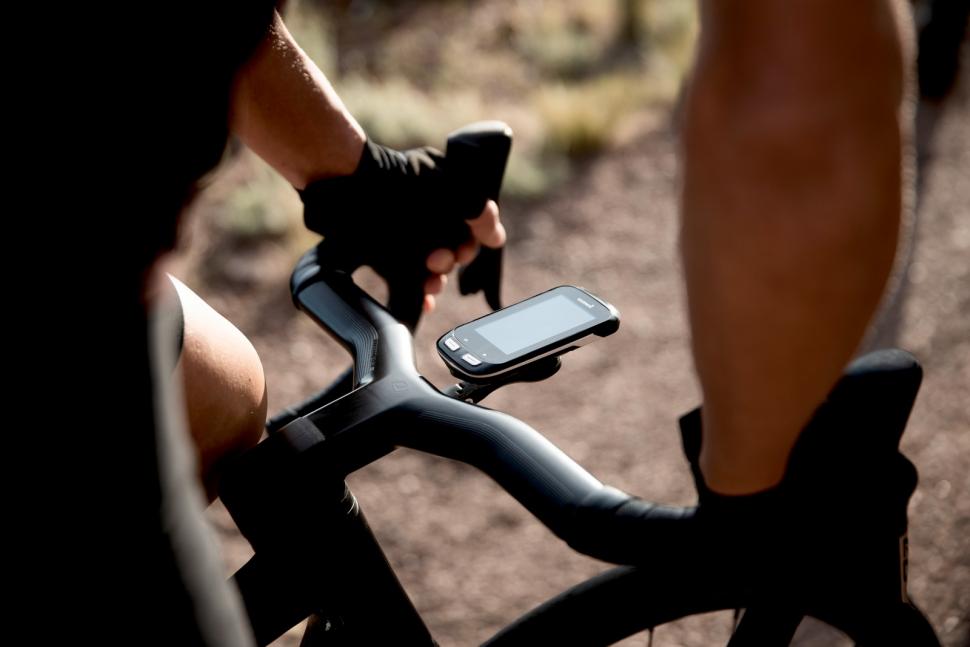
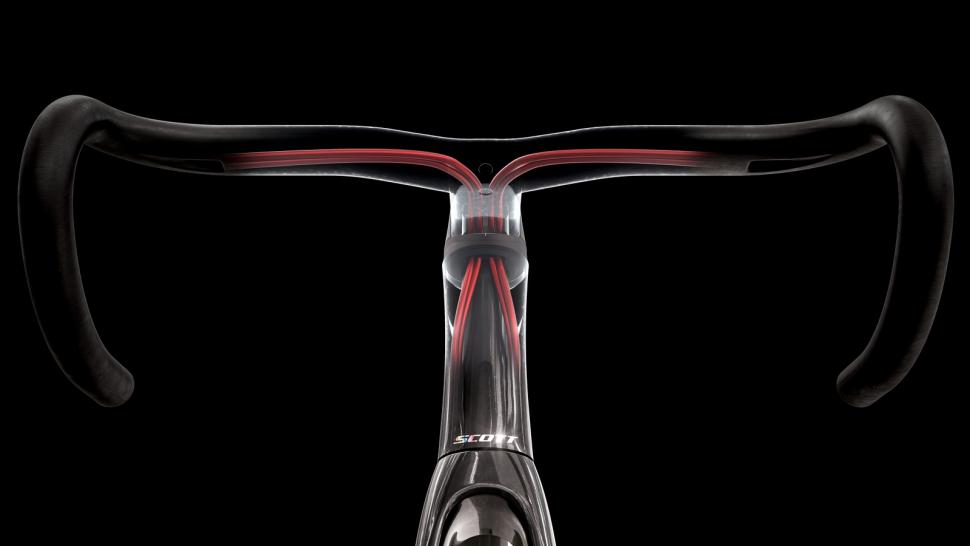
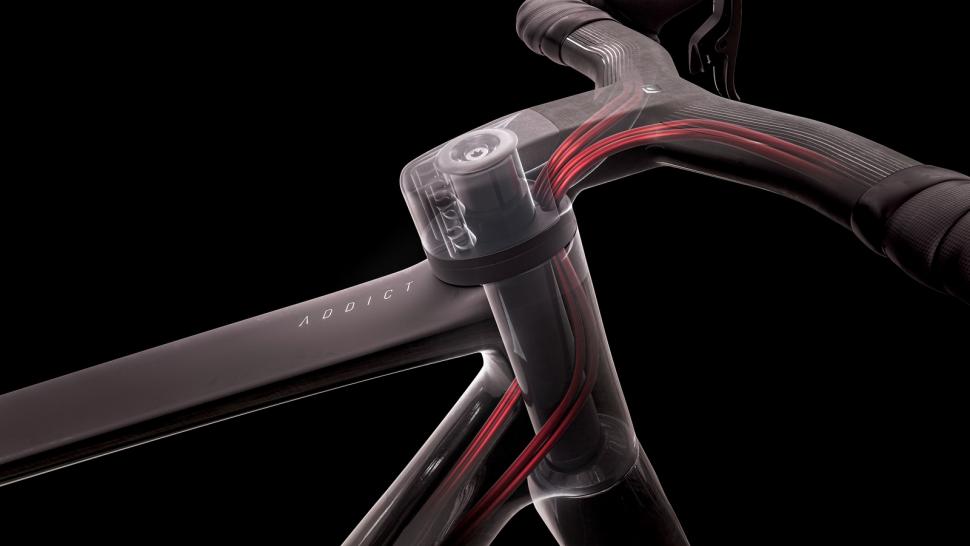
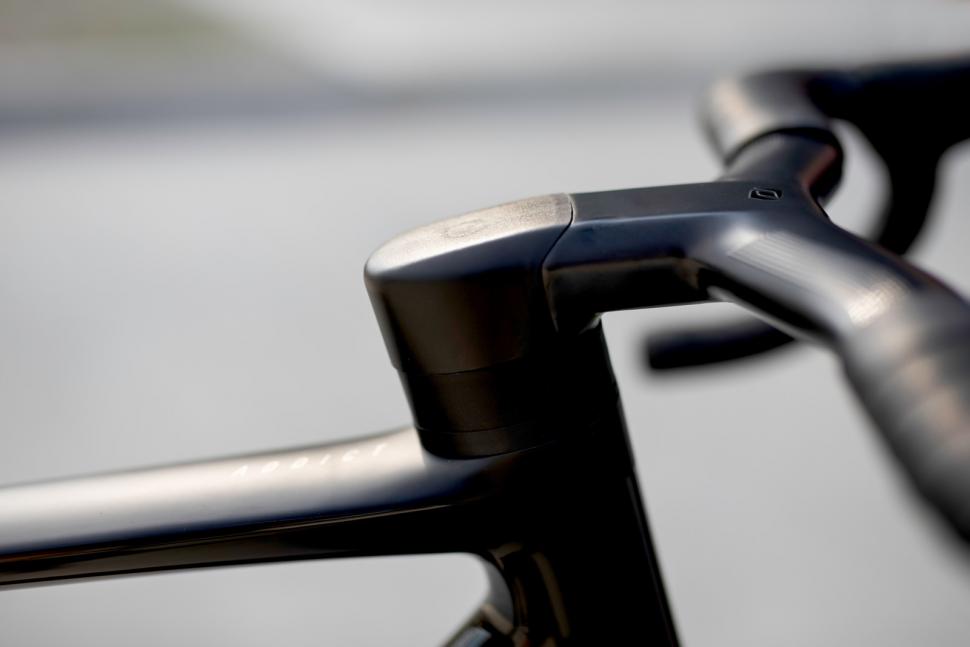
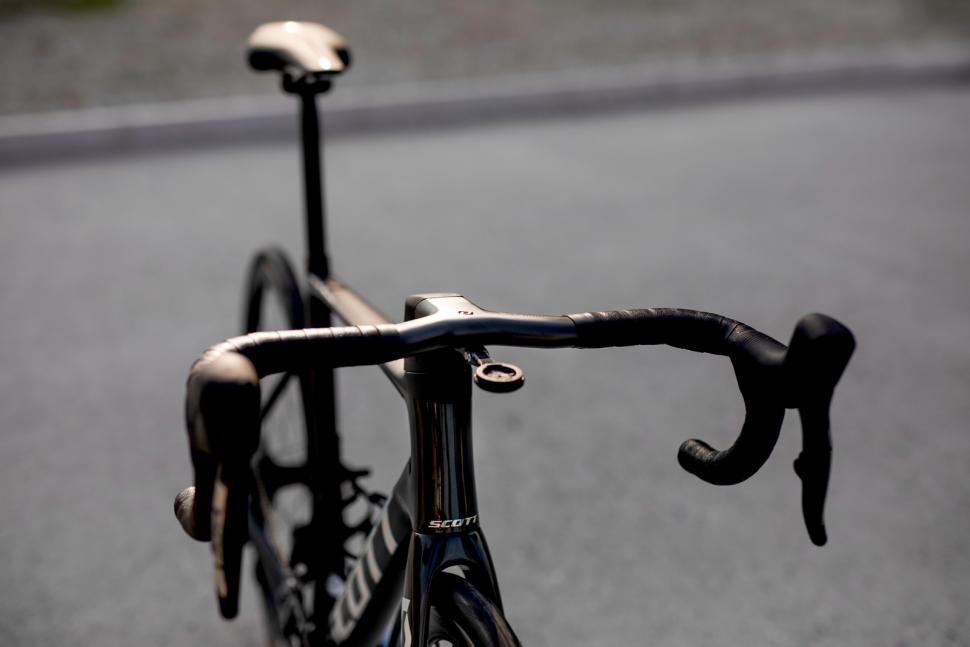
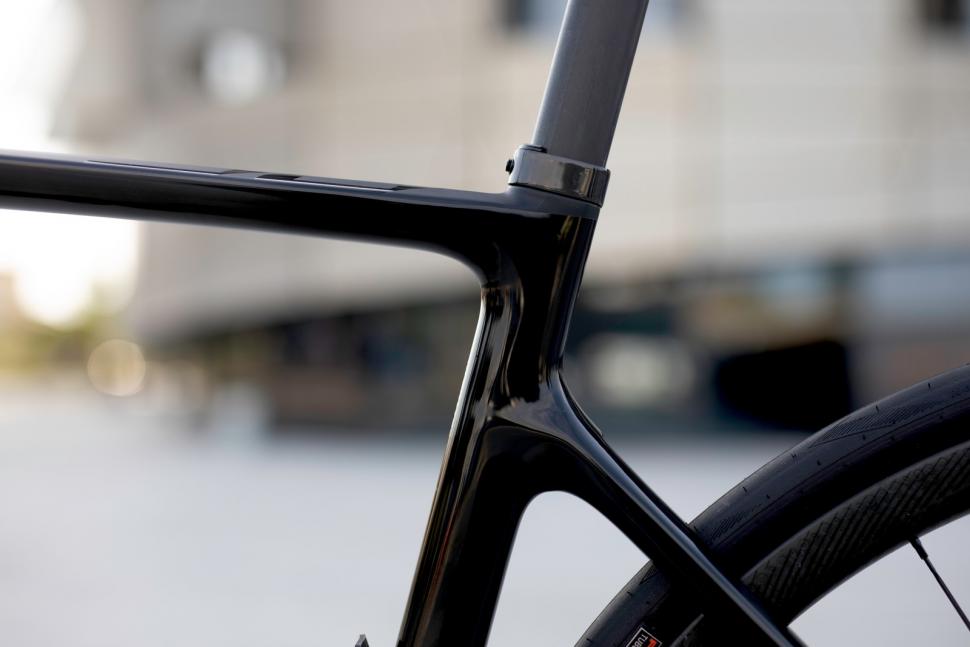


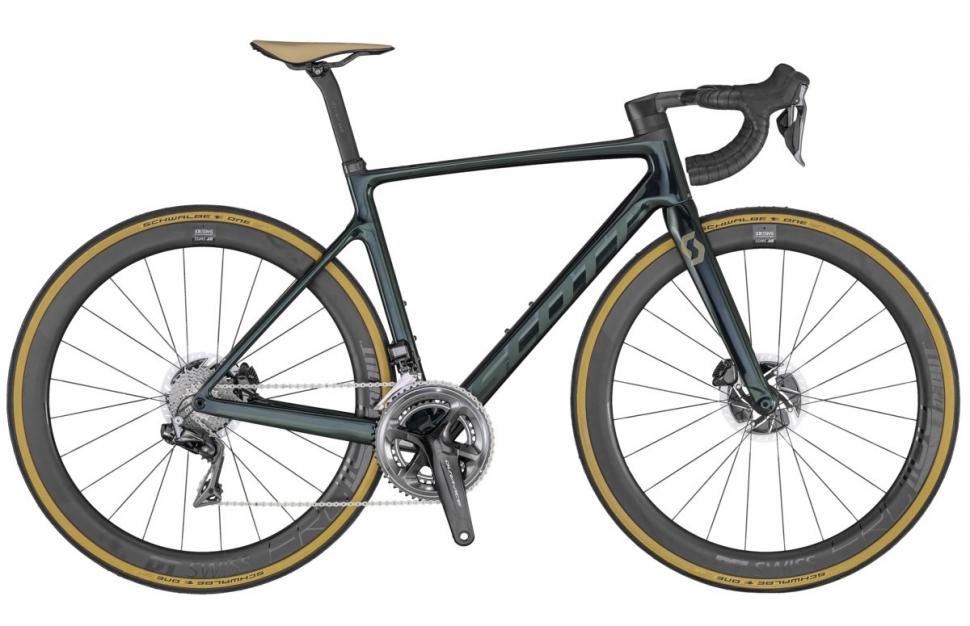
Add new comment
9 comments
"a 26% improvement in sprinting stiffness and a 27% increase in compliance"
Help please. Ever sceptical of nebulous terms like 'compliance', but I suppose if they can measure it to two significant figures there must be an unambiguous definition? Anyway, I had always assumed stiffness and compliance were near opposites, so how do they both increase?
Why the conflict ? Do you think they are measured in the same place, under the same conditions, using the same assessment criteria ? Of course the marketing spiel is here in abundance, but the figures may also be based on measurable quantities that have actually been tested - or not. Consider a standard diamond frame - I could conceivably reduce the torsional stiffness from headset to rear axle (so the frame 'twists' less when under power) whilst also allowing more movement ('compliance') of the chain stays or seat post to aid comfort.
Quite how we're supposed to make a meaningful judgement based on the numbers is another matter - but I wouldn't be spending this amount of cash on a bike without test riding it anyway, so I guess I could find out then.
if they'd wanted to increase the clearance of the Addict to have 28mm tyres they could have easily done that with a rim braked frame. especially since even the older 6800/9000 Dura Ace calipers could handle that. I rode one for a few miles a few years back, absolutely stunning bike, settled for the CR1 SL HMX which wasn't a slouch either and only 1250g for the frame & forks in a 61cm but slightly less agressive.
I don't care about a few watts, I'd rather own something that is aesthetically pleasing and does what a good racing frame should in terms of stiffness and road manners, sadly the Addict has gone the way of many top end bikes and is now same sauce and just as tasteless.
I've been wanting the authoritative reason why every bike now seems to have seat stays that don't make it all the way, and so thank you for bringing us this from one of the perpetrators;
"Lowering the seat stays reduces drag by decreasing the gap behind the seat tube and seat stays which avoids air stagnation, according to Scott’s claims."
Is that the gap 'between' the seat tube and the seat stays, or is there a gap 'behind' both that I am unaware of? What is the extent of these gaps? Nitpicking aside, I understand Watts saved, so thanks for that.
I'm curious because even gravel bikes now have lowered seat stays, and I hardly imagine saving a few watts at 45kph is high on the design constraints. So there must be other reasons. The cynic in me says it's fashion, to drive sales. The engineer in me wonders about how the seat tube will flex at the point where the seat stays join - not great for aluminium.
There are a couple of reasons depending on usage - the one that has been trotted out for years now is to increase the potential flex of the seat post. This has been used on aluminium frames, as well as carbon, for years,, along with variants such as the Trek Domane 2.x series, and i've not heard of any systemic issues with it (although obviously it will eventually make itself felt).
Yes, integrated cables LOOK cool... until you have to work on them... then a 20 minute job takes an hour... disc brakes are stupid on ROAD bikes. Just an extra 1.5lbs. Try a paid of Dura Ace 9100 calipers and then tell me you need disc brakes. Heck, a GOOD road rider hardly uses the brakes. Just another stupid bike designed for stupid people with too much money.
I'm old and even before that I was something of a Luddite, but for the life of me I can't see why anyone wouldn't want the best brakes on their bike. I'm not saying your Dura Ace stoppers wouldn't be good but I've never, never heard even the most ardent rim brake disciple say they were better than discs. Me, I want every marginal benefit I can get.
But you have a real and valid point about internal cables; I wouldn't use 'em if I was straying far from civilisation.
The "best brakes" for one person is different for another. Discs are heavier, less aero, noisier, look ugly (in my opinion) and are more complicated to work on. Rim brakes, on the other hand, still work extremely well so why would you want to put up with all the negatives of discs?
Loving that bar/stem/cables integration!